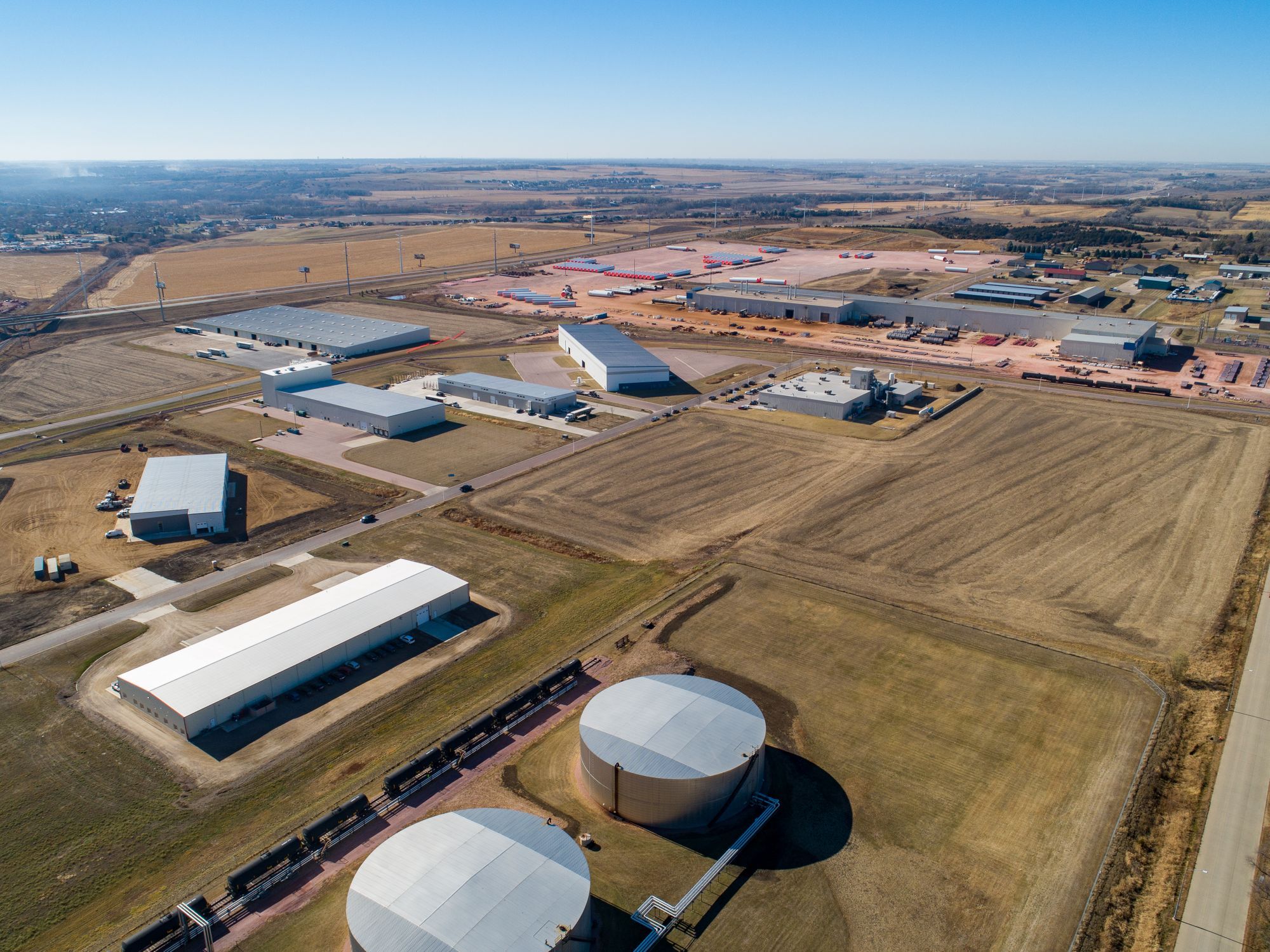This is a paid piece from the Lincoln and Minnehaha County Economic Development Associations.
Exciting changes are coming to a regional economic development nonprofit, but before we talk about where it’s going, let’s take a look at where it’s been.
The Lincoln and Minnehaha County Economic Development Associations have been around since the early 90s, and the groups – which operate essentially as one entity – have worked behind the scenes to help with many of the developments in the area.
Here’s what you need to know about the nonprofit:
What’s the goal of the nonprofit?
Economic development. Basically, the aim is bringing money into regional communities by way of jobs, new businesses and industries.
“To me, it is attracting industry to the community, growing property tax base, sales tax base and creating a strong community you can market,” said Executive Director Jesse Fonkert.
What does that look like?
It looks different in Baltic than it does in Brandon, for example, but largely the goal is to figure out what a community needs in order to grow its property tax base and sales tax base.
Largely, LCEDA/MCEDA helps communities in the following areas:
- Developing new businesses
- Helping existing businesses succeed
- Telling the stories of these businesses
- Helping communities plan and strategize for long-term economic success
“It takes a whole group of people to make things like that happen, and LCEDA/MCEDA is in the center of that,” said Dennis Olson, economic development director and former city administrator in Brandon. “They really play a good role in helping us.”
What are some examples of projects they’ve worked on?
Over the years they’ve played a role in developing the Corson Industrial Park in Brandon, bringing Sioux Steel to Lennox, bringing Adams Thermal Systems, Inc. to Canton, and many more.
They’ve also helped connect communities to resources within the state, and they’ve worked with the state to bring prospective businesses to the area.
How do they measure success?
A few ways. Including:
- How many jobs they bring into the area
- The number of prospects they’re working with (i.e. new businesses that might want to come to town)
- The number of groundbreakings for new businesses
- Building permits
- Sales tax dollars,
- and overall community engagement.
How are they funded?
Communities pay a certain amount of money depending on the population to be a member of the economic development organization. There are also investors including area banks and utility companies.
The annual budget is about $230,000.
What will this organization look like in the future?
Stay tuned. Fonkert says the goal is to be more proactive in seeking business prospects as well as more streamlined in working with communities.
That means changes are coming. Keep an eye out.

